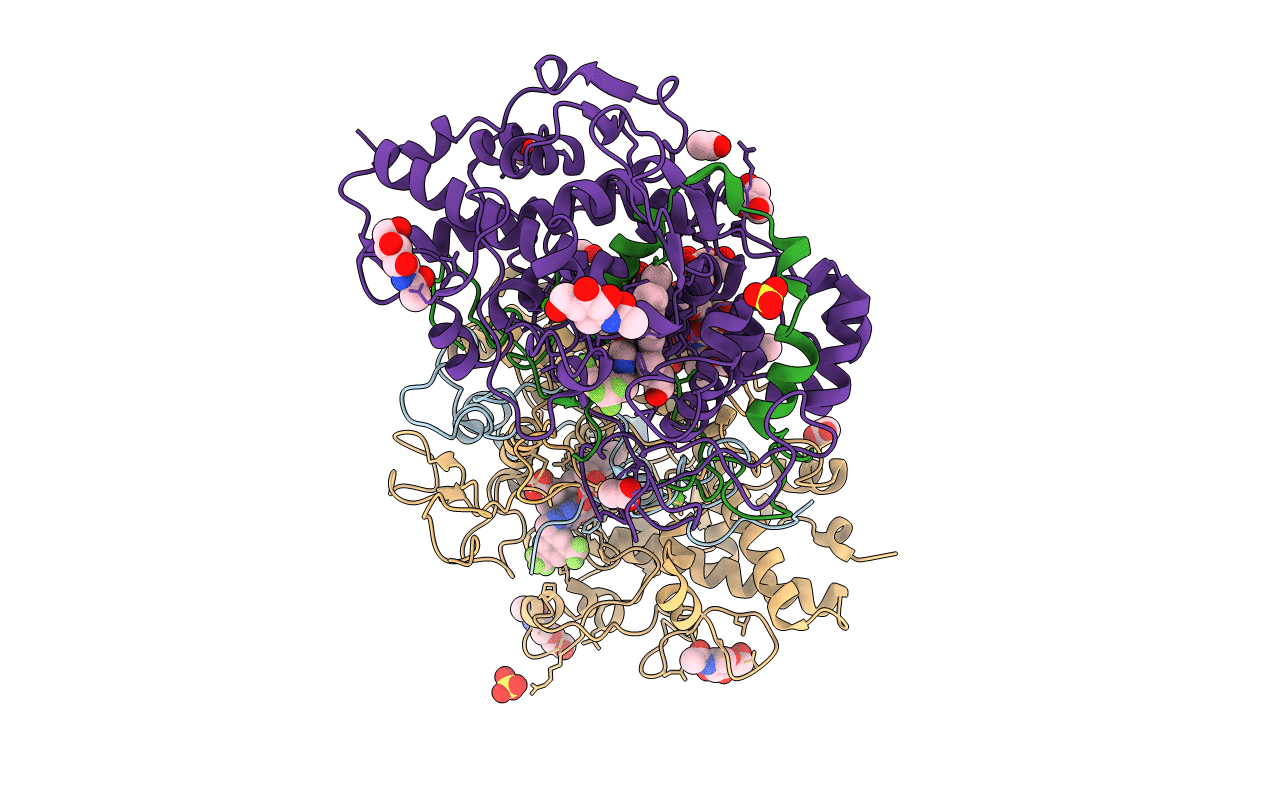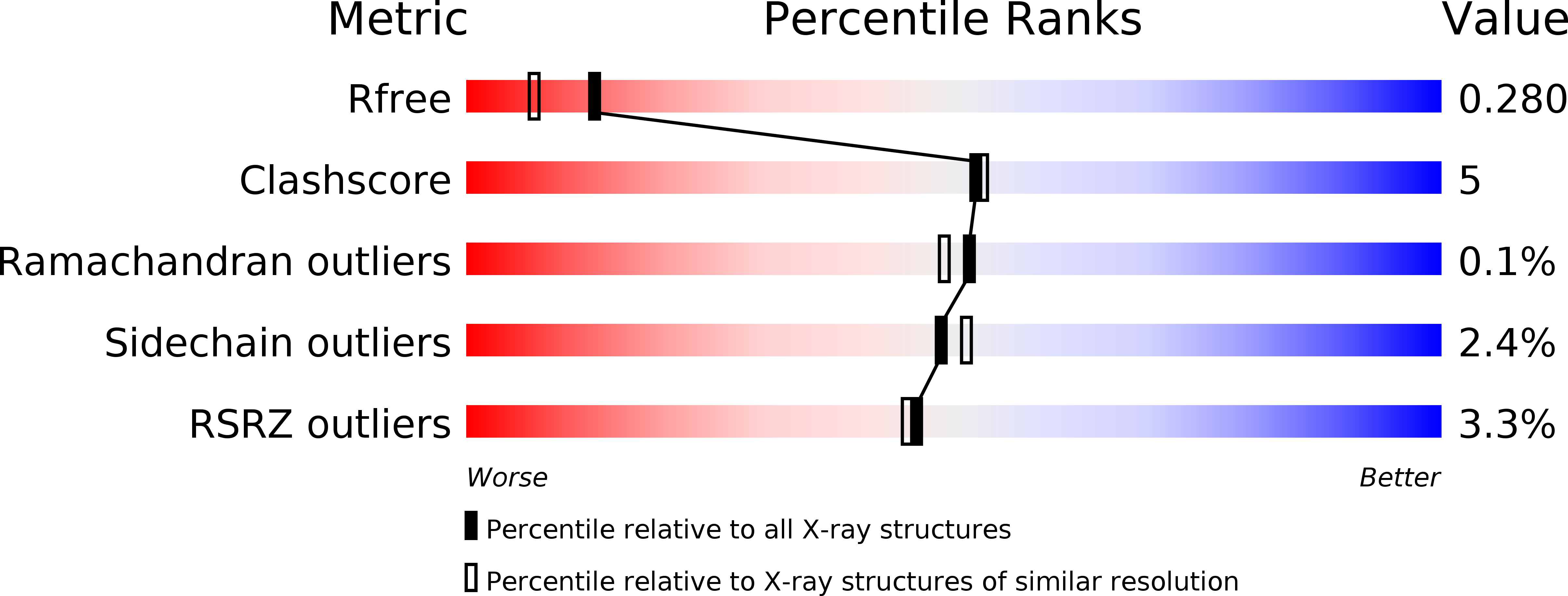
Deposition Date
2013-08-13
Release Date
2013-11-13
Last Version Date
2024-11-13
Entry Detail
PDB ID:
4C1M
Keywords:
Title:
Myeloperoxidase in complex with the revesible inhibitor HX1
Biological Source:
Source Organism:
HOMO SAPIENS (Taxon ID: 9606)
Method Details:
Experimental Method:
Resolution:
2.00 Å
R-Value Free:
0.27
R-Value Work:
0.22
R-Value Observed:
0.22
Space Group:
P 1 21 1


